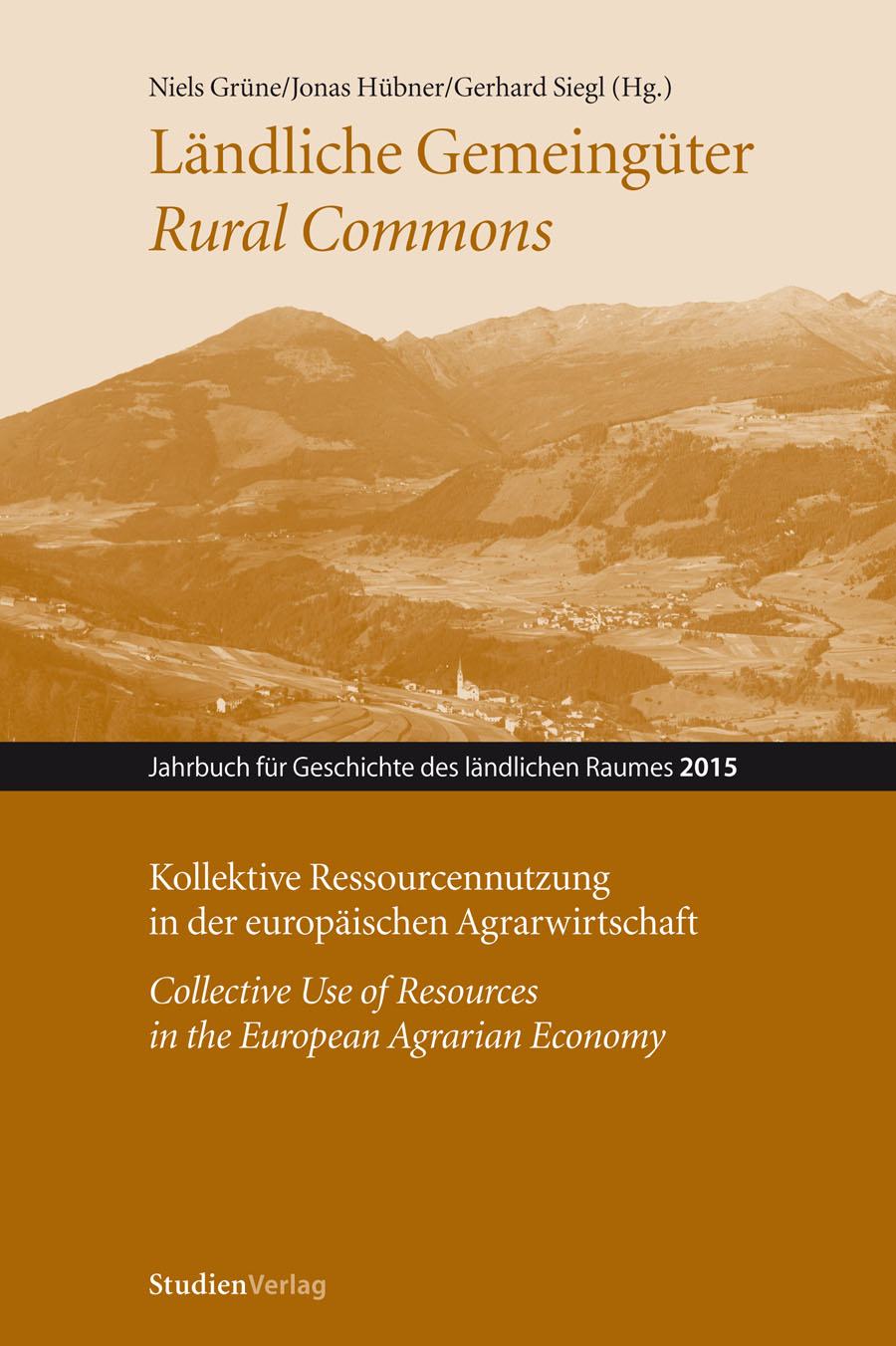Crises, commons and collective action
The changing use of woodlands and mountains in seventeenth- century upland Scandinavia
DOI:
https://doi.org/10.25365/rhy-2015-16Abstract
This article explores the changing use of commons in seventeenth-century upland Scandinavia. The main hypothesis is that the use of commons in many upland regions increased during the early modern period due to a higher demand for natural resources from the commons. In Sweden, this development had started in the sixteenth century but accelerated during the seventeenth century when many crises befell the peasants and other users. This paper demonstrates how these crises were turned into development by changing the use of the commons. The changes required more collective action and transformed the ways in which peasants and other users worked together and created new institutional settings and organisations. The article provides four examples of production areas: Sami reindeer nomadic pastoralism, tar distillation, charcoal burning and a transhumance system (summer farms).
The seventeenth century is known as the ‘age of greatness’ in Swedish history. However, for peasants, the period can be described as a crisis. The crisis had three main causes: (1) wars, (2) increased taxes and (3) a cooler climate. The change in uses of the commons lasted for more than two centuries and proved essential to the users’ economies into the early twentieth century. The more intense use of the commons had an impact on institutions, organisations,
labour division, land use and settlements.


